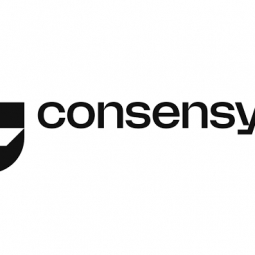Overview
 |
Damien Hirst’s NFT Collection: A Case Study on the Palm NetworkConsenSys |
Application Infrastructure & Middleware - Blockchain Networks & Connectivity - NFC | |
Cement Electrical Grids | |
Logistics & Transportation Procurement | |
Experimentation Automation Last Mile Delivery | |
System Integration | |
Operational Impact
The collaboration between Damien Hirst, HENI, Palm NFT Studio, and Consensys resulted in a successful NFT drop that was accessible and seamless for users, including those new to the Web3 space. The easy registration process, efficient payment system, and secure minting and distribution of the NFTs ensured a smooth experience for the collectors. The project also achieved one of Hirst’s core goals of having a highly distributed drop. Furthermore, the unique concept of 'The Currency' has sparked interest and discussions in the art and crypto communities, opening up new possibilities in the DeFi and NFT space. The project has also demonstrated the potential of the Palm network as a scalable, efficient, and sustainable platform for NFTs. | |
Quantitative Benefit
Over 32,000 users from 130 countries applied to purchase the NFTs. | |
10,000 NFTs were successfully minted and distributed. | |
9,000 NFTs were distributed to 8,299 wallets. | |


